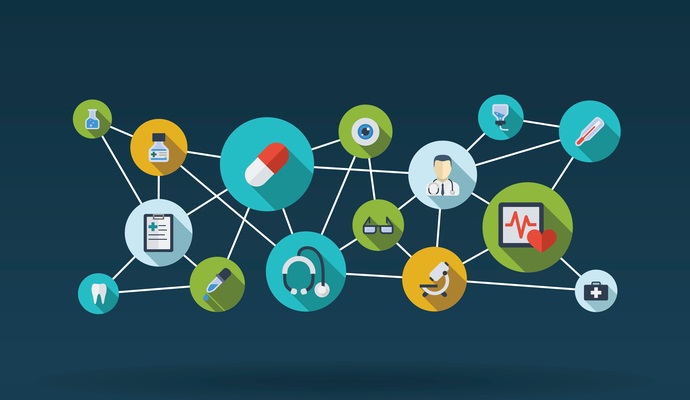mHealth Group Finds Common Ground for Measuring Steps, Now Targets Gait
The Open Wearables Initiative has released its first open-source software and dataset, designed to help mHealth and telehealth programs measuring step counts, and is now setting its sights on gait measurement.

Source: ThinkStock
- An mHealth group has unveiled a step-count algorithm designed to make it easier for healthcare providers and researchers to use telehealth platforms that incorporate wearables.
This is the first open-source software and dataset released by the Open Wearables Initiative (OWEAR), a Boston-based partnership launched in 2019 by Nextbridge Health, Shimmer Research and Dr. Vincent van Hees. The group’s goal is to create a common workplace for providers and researchers using mHealth sensors.
The step-counting algorithm – and the launch of a public challenge for measuring gait – aim to bring cohesion to a fast-developing digital health platform.
“There are so many proprietary step-counting algorithms in use, which generate different results from the same data, that clinical researchers cannot compare data across studies employing different wearable sensors,” Geoffrey Gill, president of Shimmer Americas and an OWEAR co-founder, said in a press release. “By donating this open source algorithm, we hope to enable clinical researchers to use the same algorithm across wearables and projects and so gain access to much richer datasets.”
The group’s first DREAM Challenge, meanwhile, aims to crowdsource methods for measuring gait. DREAM Challenges crowdsource solutions to important biomedical and bioinformatics research problems, and then evaluate the solutions objectively to identify the best one.
“Generating accurate and consistent gait assessments is extremely important because they serve as a diagnostic and prognostic tool for neurological conditions, such as stroke, cerebral palsy, Parkinson’s disease, traumatic brain injury, multiple sclerosis, and partial paralysis; a general assessment of aging; and as a proxy for assessing cognition,” the group said.
OWEAR builds on the popularity of mHealth sensors and platforms designed to help care providers and researcher collect biometric information outside the hospital, clinic or doctor’s office, for use in remote patient monitoring programs and other efforts. The growing market includes smartwatches and fitness bands, smartglasses and hearing aids, sensor-embedded clothing, ingestibles, patches, tattoos, bandages and other form factors.
“Wearables, ingestible sensors and in-home monitoring technologies offer the opportunity to assess an individual's health continuously, objectively and in real time,” the group said in a press release announcing its formation. “As a result, they hold the potential to revolutionize health, healthcare, and health research. However, the lack of accepted endpoints is proving to be a major impediment to the adoption of these digital measures in clinical trials. OWEAR will leverage the work of thousands of researchers from academia, pharma, and other organizations during the past decade to facilitate the development of those requisite endpoints.”
“OWEAR will serve as a community hub, indexing, distributing and benchmarking algorithms openly and transparently,” the group continued. “It will act as a neutral broker, conducting formal, objective benchmarking processes and identifying high-performing algorithms in selected domains. Its goal is to provide the industry with a searchable database of benchmarked algorithms and source code that can be freely used by everyone. This new resource will help to streamline drug development and enable digital medicine.”
